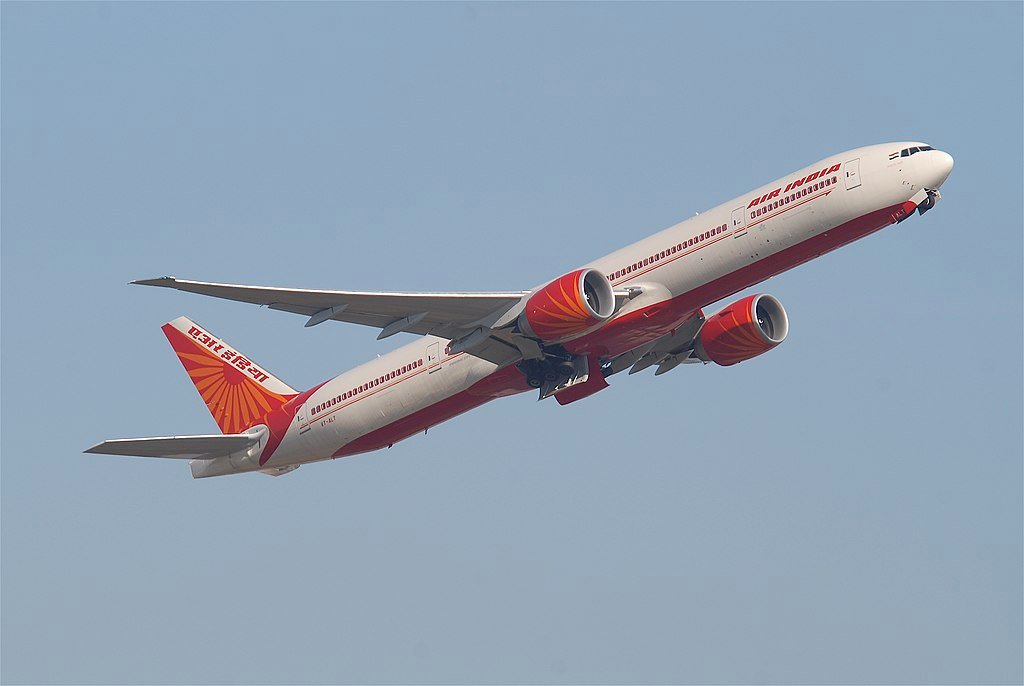[aviation news]
An Air India flight departing Delhi for Vienna recorded a descent of approximately 900 feet shortly after takeoff on 15 June 2025.
Air India Flight AI187, a Boeing 777-300ER registered VT-Aljhad departed from Delhi Indira Gandhi International Airport.
Severe weather, including thunderstorms, was reported at the time of the incident. The event triggered multiple cockpit warnings.
The Directorate General of Civil Aviation (DGCA) has launched an investigation to ascertain the cause of this incident, raising fresh concerns about aviation safety at Air India.
Air India AI187 Delhi-Vienna
The incident occurred at 2:56 AM local time, just 38 hours after the tragic crash of Air India Flight AI171, a Boeing 787-8, in Ahmedabad, which claimed 241 lives. As AI187 climbed out of Delhi, it hit turbulent weather, causing a sudden altitude loss.
Flight data confirms a 900-foot drop during the climb. The aircraft was passing through 3,100 feet after takeoff when it subsequently descended to 2,200 feet before reestablishing a positive climb.
Several critical alerts sounded, including a stick shaker warning signalling an impending stall, two “Don’t Sink” Ground Proximity Warning System (GPWS) cautions, and a stall warning.

The pilots stabilized the aircraft and safely landed in Vienna after a nine-hour flight. The aircraft later continued to Toronto after a crew change.
However, the pilots’ initial report only mentioned turbulence and the stick shaker, omitting the GPWS and stall warnings. This discrepancy, revealed by the flight data recorder, has prompted the DGCA to scrutinize the incident further.
DGCA Response
The DGCA grounded both pilots pending the investigation’s outcome and summoned Air India’s Head of Safety for questioning.
The probe aims to determine whether the altitude loss resulted solely from weather conditions or if technical issues or human error played a role.
The agency is also reviewing Air India’s operational protocols and scheduling practices at its Integrated Operations Control Centre (IOCC).
This investigation follows heightened scrutiny of Air India after the AI171 crash. On June 17, the DGCA flagged “recent maintenance-related issues” at the airline, ordering enhanced inspections of its Boeing 787 and 777 fleets.
These checks focus on takeoff parameters, fuel systems, and engine controls. Additionally, on June 23, the DGCA sanctioned three Air India crew scheduling executives for repeated safety violations.
Air India Actions
Air India reported the incident to the DGCA as required and is cooperating fully. The airline has reduced its international wide-body operations by 15% to accommodate rigorous safety inspections.
In a statement, Air India emphasized that passenger safety is its top priority and pledged to implement regular maintenance and pilot training to address any issues.

Conclusion
The timing of this incident, so soon after the AI171 tragedy, has intensified public and regulatory concerns about Air India’s safety standards.
A parliamentary committee is set to meet on July 9, 2025, to review aviation safety, with representatives from Air India, the DGCA, airport operators, and air traffic control expected to attend.
The DGCA’s findings will be crucial in determining whether stricter safety measures are needed. As Air India navigates this turbulent period, restoring public confidence in its operations remains a critical challenge.

Share this content:

